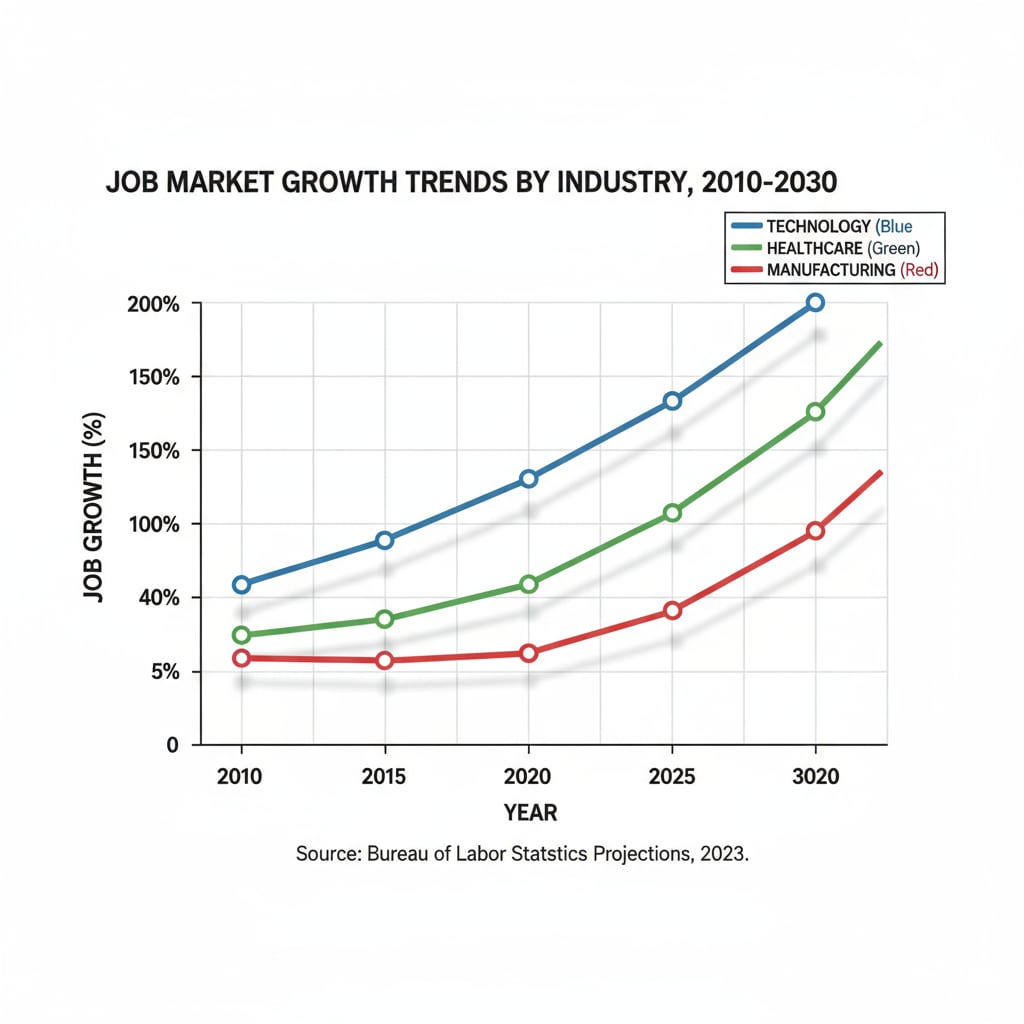Career choices, employment prospects, and higher education are crucial aspects that high school graduates grapple with as they step into a new phase of life. The journey from high school to the professional world is filled with uncertainties and tough decisions.

For many, the path forward seems like a vast maze, with numerous paths but no clear direction.
The Career Crossroads
Upon graduating from high school, students are suddenly thrust into the realm of making important career decisions. The job market is a complex and ever-changing landscape. According to the Bureau of Labor Statistics, different industries have varying demands, growth rates, and skill requirements. For example, the technology sector is booming, creating a high demand for professionals in fields like software development and data analytics. However, this also means intense competition as many students are drawn to these promising areas. On the other hand, some traditional industries may be facing a decline, making it difficult for graduates to find stable employment.

The Clash of Interests and Expectations
Another significant hurdle is the conflict between personal interests and social expectations. Many high school graduates have passions and hobbies that they would love to turn into a career. However, society often places pressure on them to choose more “practical” or “lucrative” career paths. Parents, teachers, and peers may have certain expectations regarding the choice of higher education and future careers. For instance, a student who is passionate about art may be discouraged from pursuing a career in the arts due to concerns about job security and financial stability. This internal conflict can lead to a great deal of stress and confusion for young people.
The decision of whether to pursue higher education and which field to specialize in is also closely tied to career choices. Higher education can provide valuable skills and knowledge, but it also comes with a significant investment of time and money. According to the National Center for Education Statistics, the cost of college education has been rising steadily, and students need to carefully consider whether the potential return on investment is worth it. Some may opt for vocational training or alternative educational paths that can lead to more immediate entry into the workforce.
So, how can high school graduates break through these challenges and find their way in the career maze? Firstly, self-reflection is key. They need to take the time to understand their interests, strengths, and values. This can involve trying out different activities, internships, or part-time jobs to gain hands-on experience. Secondly, conducting thorough research about different careers, industries, and educational options is essential. They can seek advice from career counselors, professionals in the fields they are interested in, or alumni who have already navigated similar paths.
Readability guidance: By following these steps, high school graduates can start to gain clarity and make more informed decisions about their careers. It’s important to remember that the journey may not be easy, but with perseverance and the right approach, they can find a fulfilling career path that aligns with their interests and goals in the context of employment prospects and higher education.


